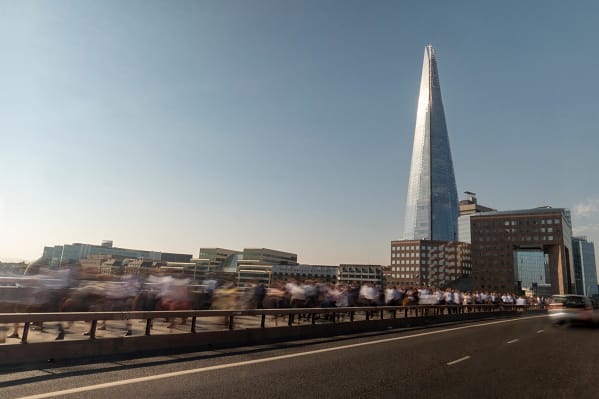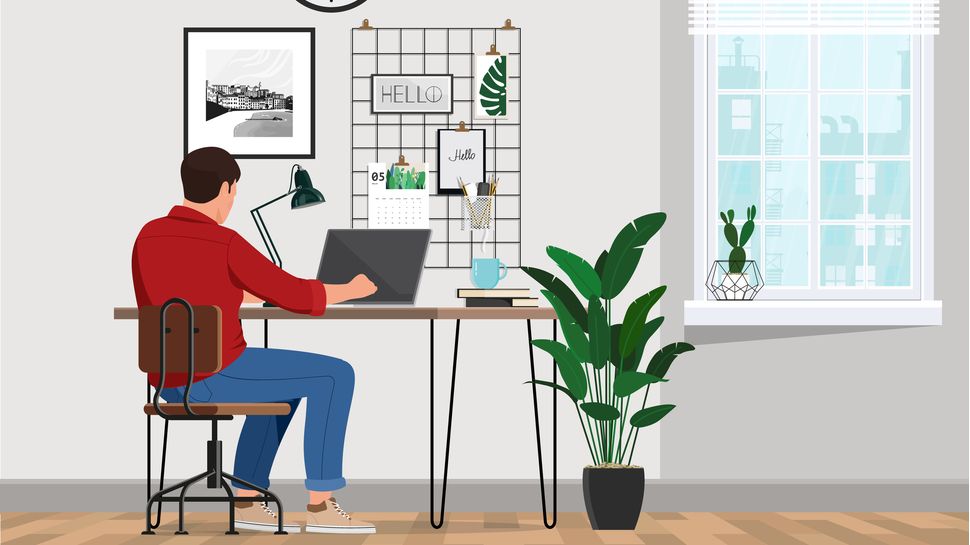fromHomebuilding
1 week agoThe easiest way to create a home office? Your dining room
The dining room may be enjoying a quiet revival in interior design, but in many homes it remains one of the least-used spaces during daylight hours. And with hybrid working now firmly part of modern life, it makes perfect sense to put that overlooked square footage to better use. Transforming a dining room into a home office might sound like a big shift, but it's actually one of the easiest space upgrades you can make.
Remodel







